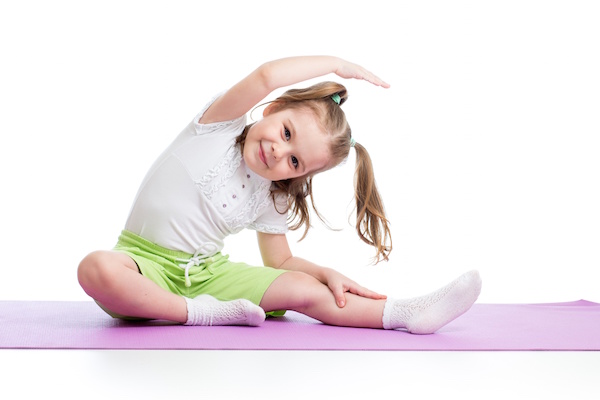
MONDAY, Nov. 25, 2013 (HealthDay News) — When it comes to making friends in high school, the classes a student chooses seems to set the course, a new study finds.
Researchers analyzed data from about 3,000 students at 78 U.S. high schools and found that teens were more likely to make friends in small classes. These classes were often non-mandatory courses known as “electives,” which distinguished these students from a school’s general population.
For example, the study authors explained, friendships were more likely to develop in Latin and woodshop classes than in a large physical education class that all students were required to take.
Students who take the same set of courses tend to get to know each other very well and may focus less on social status, such as whether a person is considered “cool” or not. These students are also less likely to judge classmates on traits such as race and gender, the researchers pointed out.
The investigators also found that girls were more likely to take demanding math classes if other girls in their shared set of courses took advanced math, according to the study published recently in the American Journal of Sociology.
Interestingly, the pattern of influence that courses had on friendships was distinctive to each high school. For example, friendships may form among students taking woodshop, Spanish and European history at one school, while in another it may be among students taking agricultural business management, advanced accounting and calculus.
“People generally want to think that kids are choosing their friends from the well-known categories like jocks and nerds — that it’s like ‘The Breakfast Club’ and the same at every school,” study author Kenneth Frank, a professor in Michigan State University’s College of Education, said in a university news release.
“But our argument is that the opportunities an adolescent has to choose friends are guided by the courses the adolescent takes and the other students who take the courses with them. Moreover, the pattern of opportunities differs from school to school,” he noted.
The findings have implications for school administrators. Schools should offer classes with a thought to bringing high- and low-achieving students together. Otherwise, there is the risk of driving them apart socially and academically, Frank said.
More information
The American Academy of Pediatrics has more about children and friends.
Copyright © 2025 HealthDay. All rights reserved.

